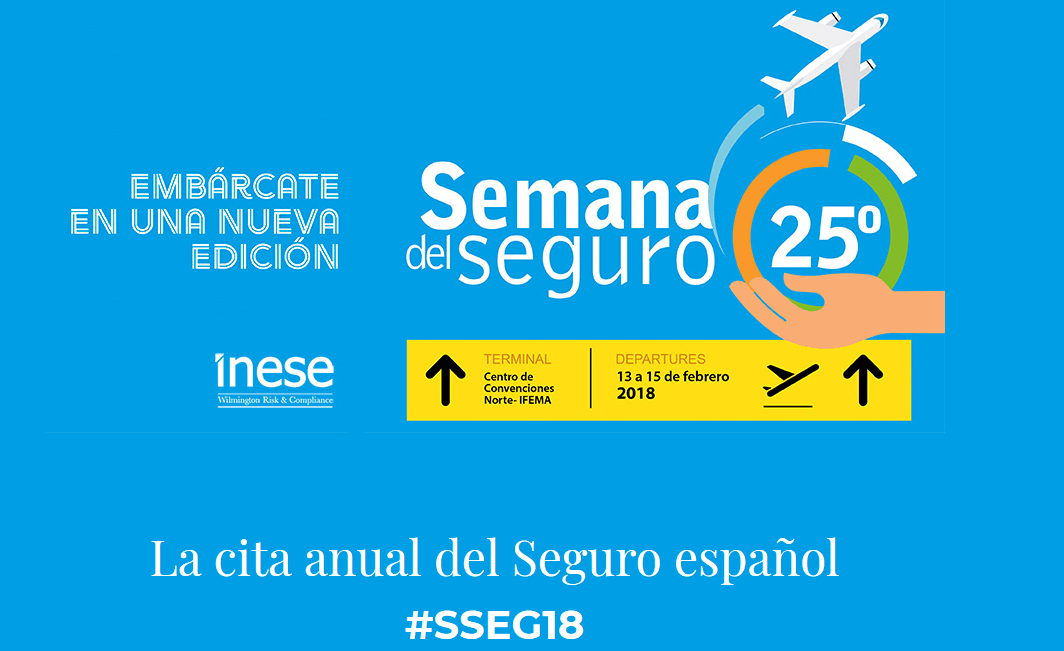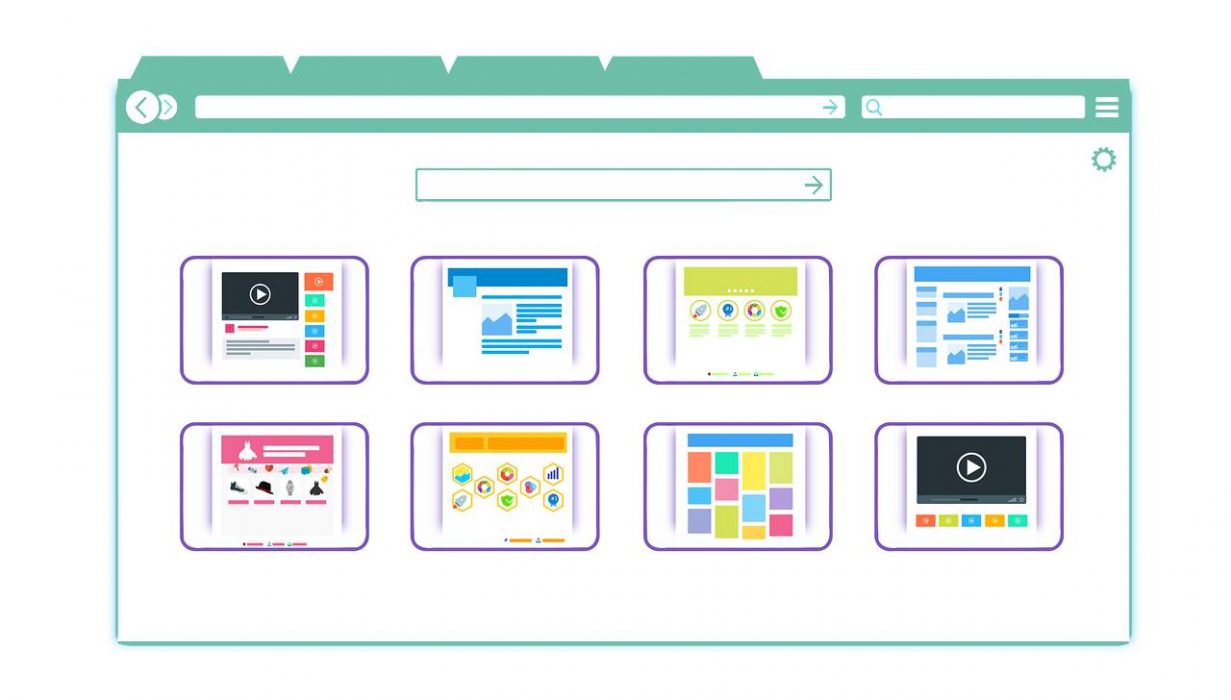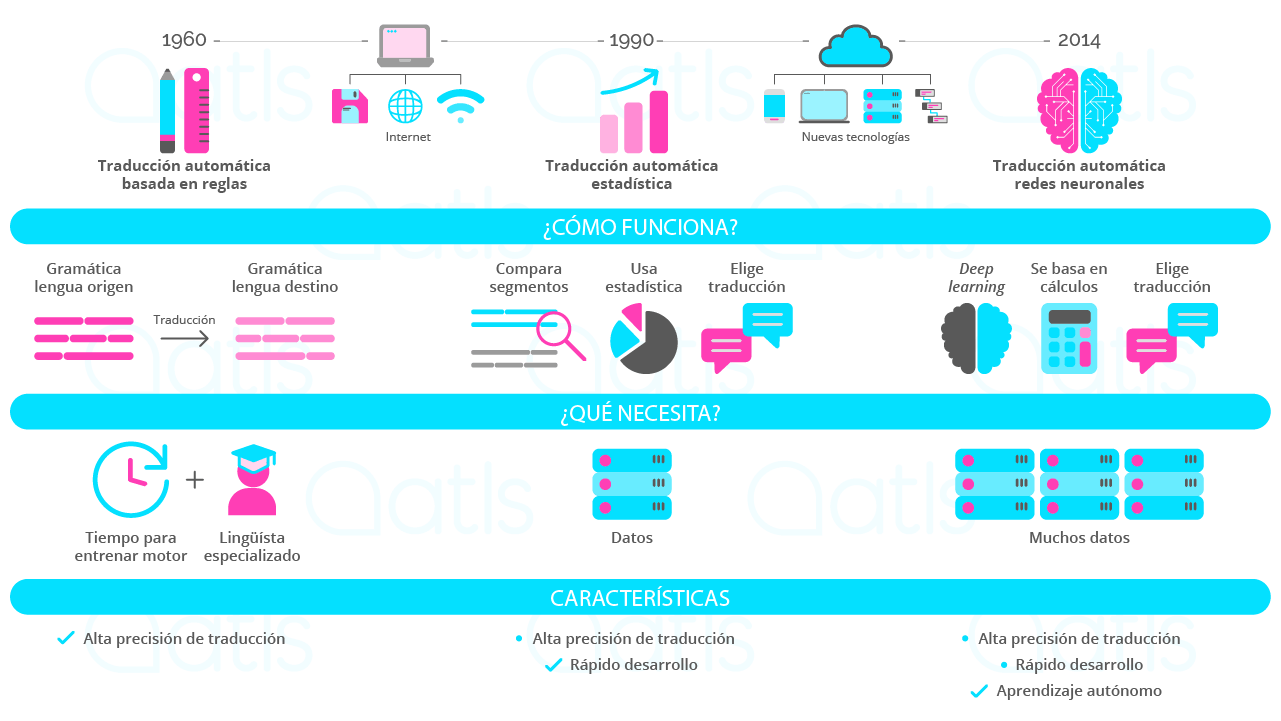Why technical translation is so important in engineering projects

Engineering is currently one of the most in-demand career profiles. The field encompasses a huge number of different branches: mechanical, aeronautical, electrical, etc. And no matter which one we're talking about, they all have one thing in common: they use particularly technical vocabulary. It can be hard for someone who doesn't work in the sector to understand. Today we're going to look at technical translation in engineering projects and why it's so important.
What is technical translation in engineering projects and why is it needed?
When we talk about technical translation we're referring to the adaptation of words, phrases, and terms that are specific to one sector in particular. What makes it different to some types of translation is that it requires the translator to be a specialist in the sector, as each field employs its own specific jargon and uses complex terms. To communicate the meaning correctly the translator needs to understand it well in all its complexity.
In the field of engineering there tends to be a lot of documentation containing this type of language, and it needs to be translated for a number of reasons:
Manuals and regulations
Any product, machine, or device that's brought to the European market needs to comply with CE regulations, indicating that it complies with the health and safety and environmental requirements stipulated by the European Union. And all products need to come with a manual: the document that details the features, parts, care and storage instructions, and instructions on how to operate it.
If a product is being exported to other markets all of this documentation needs to be translated into the language of the country it's being aimed at. The consequences of not doing so could be grave. In Spain, there are severe penalties for not translating materials into Spanish, with the same repercussions for both the manufacturer and the distributor.
Interdepartmental communications
The technical documentation used in engineering projects is - for the most part - used in professional situations and formal contexts, and how it's managed may vary depending on the size of a company. In a multinational company, it's likely that several different offices will be working on the same project, and those offices may not all speak the same language. Such projects entail a high degree of complexity, with many different people being involved, and documents need to be clearly understood for the work to be done effectively and efficiently. If several languages are involved, it's much better for documents to be translated by a specialist, because if not, it could lead to misinterpretations and consequently the project may not be executed properly.
At AT Language Solutions we know exactly what's needed for these types of projects. A number of employees are working together to get projects going and the level of documentation produced is high. That's why we provide the highest quality translations and work with the best professionals in the sector. Check out the tools we have on offer, and if you have any questions about which one to choose, please do contact us.




